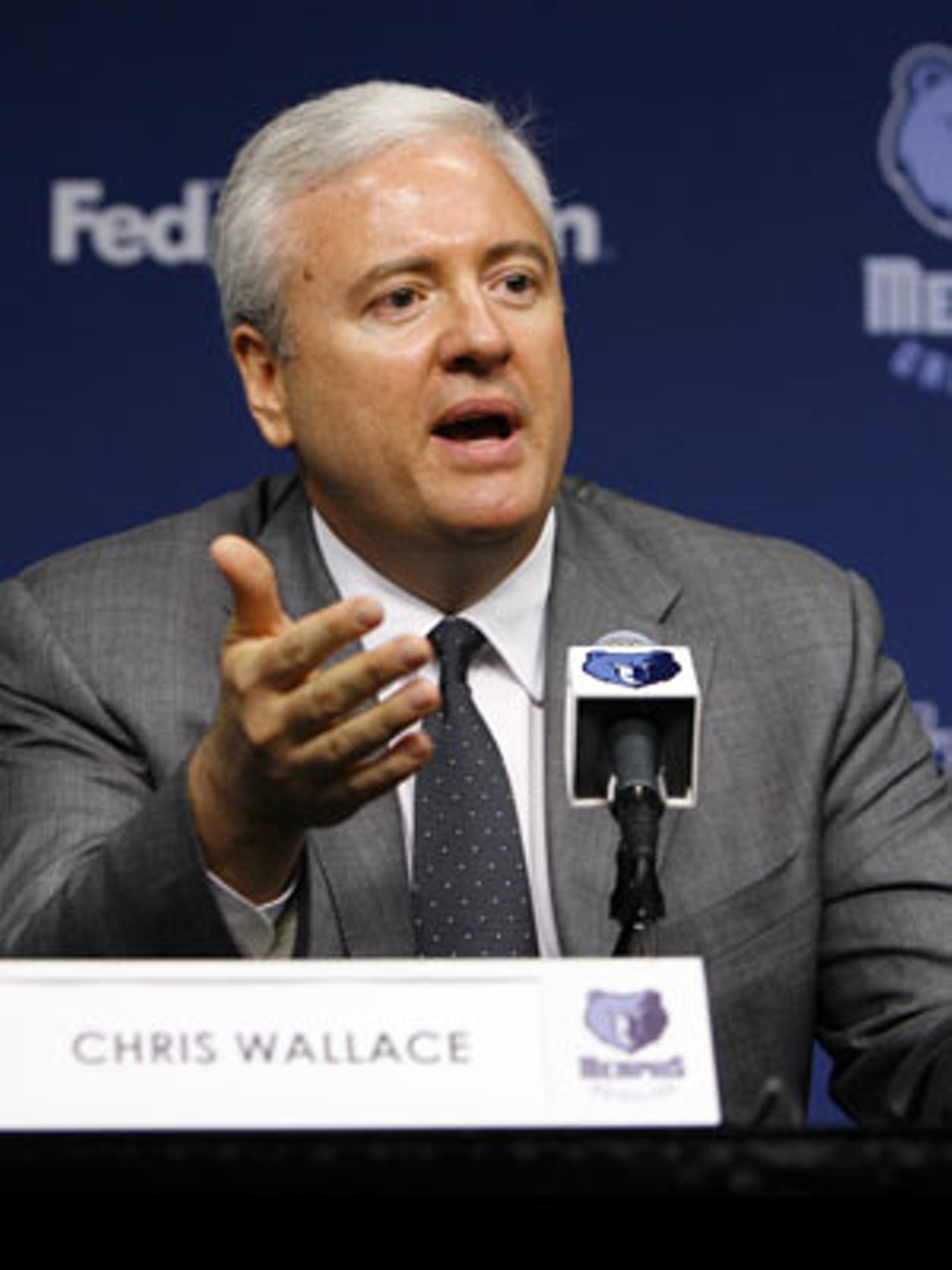
Grizzlies GM Chris Wallace
Editor’s Note: I’ve always been a fan of Andrew Ford‘s work scouting players, even all the way back to my Straight Outta Vancouver SB Nation days. He’s got a great basketball mind—he’s been on college staffs before—and he’s a good writer, and I wanted to give him an opportunity to talk about who the Grizzlies should draft after this horror-show of a season ends. He did not disappoint.
Assuming the Memphis Grizzlies don’t blow a serious tank job with barely more than a handful of games left to play, they will end the season as one of the worst three teams in the league. With any blessing at all from the lottery gods, a poor finish will translate into a top three draft pick in June. That would leave the Grizzlies with their pick of the draft litter.
All the draft options the Grizzlies will be presented with might seem a little overwhelming, but the great thing about the current state of the roster is that it’s extremely moldable. I would posit that the Grizzlies are closer to gaining an all new identity than they are to regaining their long-standing, beloved Grit and Grind identity. That might fire up those who love Grit and Grind a little, but the Grizzlies have clearly been trying to move away from playing in the mud ever since they allowed Zach Randolph, Tony Allen, and Vince Carter to walk in order to develop younger guys for the future. Lack of identity is generally seen as a bad thing in the NBA, but a roster containing very few pieces positioned to play a long-term role places the Grizzlies in an ideal position to be able to choose any number of players in this year’s draft without having to be extremely concerned about how the player fits with current roster pieces.
[jump]
Luka Doncic
2018 NBA Draft: Who Should the Grizzlies Pick?
This existing roster flexibility makes Luka Doncic the ideal pick. A 6’7” guard out of Slovenia, Doncic is already playing a significant role as a teenager for Real Madrid, one of the best teams in Europe. Doncic is a mature player for his age, and his versatility as a guard with exceptional size makes him ideal to build around. Offensively, he can slot in anywhere from the 1 to the 4. The Grizzlies have been looking for more versatile lineups for several seasons, hence the Chandler Parsons pickup two summers ago. If everything goes right, Doncic could be what Grizzlies fans hoped Parsons would be and then some. He’s capable of playing as a lead guard, but he’s also capable of playing as a secondary ball handler on the wing ready to attack when Mike Conley finds him open.
On the ball, Doncic is adept at running the pick-and-roll, albeit in a more old-fashioned way than the point guards who get most of the attention in today’s game. More finesse than brute force, Doncic doubles back over screens until he finds just enough of a pocket of space to fire off a shot with excellent form. Although he lacks elite athleticism, Doncic’s change of pace allows him to shake off defenders just enough on drives to the rim. His size alone makes his shot difficult to block for guards and smaller forwards, but his shot becomes nearly unblockable when you couple his size with the change of pace and impeccable footwork once he’s picked up his dribble. He leans heavily on his jump stop to get defenders to grasp at air before stepping through into a leaning shot that he often makes with seeming effortlessness.
[pullquote-3]
While Doncic has proven that he can compensate for his lack of athleticism at a high level already, his lack of an explosive first step is concerning for his prospects as a creator on the ball at the NBA level. NBA teams might be able to find ways to keep him from turning the corner and wreaking havoc in the heart of the defense by giving the assignment to guard him to a player both physically imposing and quick, but his saving grace on the ball might be his phenomenal passing ability. If a team chooses to blitz Doncic or high hedge and recover in the pick-and-roll, he can easily fling a pass over or around a defender to an open wing across the court or a wide-open big on a short roll to the rim. If a team chooses to sink the big into the paint in wait, Doncic will kill them with a pull-up jumper. The most adept wings at fighting over screens might be able to stick with Doncic, but most guys in the NBA are going to be riding his hip playing catch up which is a dangerous place to be against a sharpshooter like him.
Off the ball, Doncic has unlimited range from beyond the arc. He has a quick, fluid stroke, and the shot always looks good leaving his hand. His catch and shoot ability makes him an ideal secondary ball handler since defenders will be closing out so hard to prevent him from launching a three. Doncic is exactly the type of player who is capable of breaking the string of a defense then exploiting the tangled ball of yarn in a number of ways.
Defense is more of a concern for Doncic, as his lateral quickness and length are both suspect. He probably won’t ever become an elite defender, but his size theoretically allows him to guard at least three positions on any given night.
The beauty of Doncic is that he can slot in and instantly give you something if you believe the Grizzlies can still compete in the playoffs every year, or he can be an excellent, versatile piece to begin building around if you believe the Grizzlies are going to be bad for another several years. Wallace, or whoever is calling the shots, wouldn’t have to go out and find specific players with a narrow skill set to fit around Doncic. The idea is that he can be fully functional around any combo of guards, forwards, and bigs. In the short term, a Conley – Doncic – Parsons – Green – Gasol lineup would be really fun if healthy.
Deandre Ayton
2018 NBA Draft: Who Should the Grizzlies Pick? (2)
If for some reason Doncic is off the board when the Grizzlies pick, it makes sense to turn to possibly the most physically gifted player in the draft in Deandre Ayton. The Bahamas native has Dwight Howard’s shoulders and ability to seal off any man in the post while maintaining the ability to step out and deftly stroke midrange jumpers and threes.
Offensively, there’s no denying Ayton’s skill. When he wanted to at Arizona, he could score as easy as anyone in the country. His face up game is fluid for a big man, and his touch is soft from midrange. He can play with finesse and shoot over the defense if the situation calls for it, or he can bully his way to the rim off the bounce. Ayton’s explosiveness makes him dangerous around the rim. Often before his man knows what’s going on, Ayton has bodied him under the rim and is on his way up to slam it home.
On the other end of the court, Ayton looks like a lost puppy. His pick-and-roll defense is weak as he has not mastered the timing on high hedges, and his defensive counting stats are slightly less exciting than you would think you could get from a guy of Ayton’s physical stature. However, the aforementioned physicality is the reason I would take a chance on Ayton despite his suspect defense. He has all the physical tools to be great on defense as long as he can get everything squared away between his ears that an NBA coach will attempt to instill.
[pullquote-2]
Ayton’s disappearance in Arizona’s NCAA Tournament game has made it trendy to question his ability to perform under pressure, but his entire body of work speaks for itself. There are rightful concerns about effort though. Whether the lack of effort is related to conditioning or makeup is an important distinction to make before I’d feel comfortable pulling the trigger on Ayton.
While Marc Gasol is the incumbent center with a hefty contract, he can’t be the reason the Grizzlies don’t pull the trigger on Ayton. At 33 years old, Gasol won’t be able to play at an all-star level forever. While I don’t think of Ayton as a generational talent like some who have compared him to Hakeem Olajuwon or Shaquille O’Neal do, I do believe he has the potential to be an annual NBA All-Star. If the Grizzlies believe that, they should grab Ayton and secondarily worry about how to play him next to Gasol.
I have Ayton higher on my board than any other big in the draft because I think he has the least to work on to become elite and the easiest path to becoming a franchise cornerstone among all the highly-rated bigs including Marvin Bagley III, Mohamed Bamba, and Jaren Jackson Jr.
Marvin Bagley III
2018 NBA Draft: Who Should the Grizzlies Pick? (3)
After factoring in a drop off in potential after Doncic and Ayton, Marvin Bagley III is the next guy on my list. I have a tremendous amount of belief in Bagley to become a good NBA player, but it seems more likely that he will become a really nice role player than a perennial all-star. He slots into the lineup with Gasol easier than Ayton on paper, but there’s a lot of work to do offensively for Bagley in order for him to come close to matching his college production numbers.
At this point in Bagley’s development, he’s excellent around the rim if he’s able to establish solid post position. The problem is that he’s not always able to do so due to his slim frame. Bagley must work on sealing his man deep and keeping the defender on his back in order to be able to dominate the way he did at Duke. If he can learn to consistently establish good low post position, it will be difficult to stop him given his ability to catch anything thrown in his vicinity coupled with his uncanny ability to knock down shots with his left hand over his right shoulder.
While Bagley is dominant in the post with his left, he struggles to create offense for himself off the bounce because he’s so lefty-dependent. His lack of a right leads to defenders taking away his left, rendering him dangerous off the bounce only when he can attack a closeout.
[pullquote-1]
Bagley projects to be a solid fit next to Gasol given his ability to play both on the perimeter as well as with the paint monsters. The Grizzlies killed teams with a high-low attack between Gasol and Zach Randolph for many years, and Bagley is capable of playing either role. Down low, he’s good at ducking in for a quick bucket, but he’s equally solid at delivering a touch pass to a fellow big from the elbow. Duke leaned on high-low actions between Bagley and Wendell Carter Jr. a great deal this season, so Bagley is well-versed in the timing it takes to execute the action successfully.
In the pick-and-roll, Bagley has the tools to succeed, but he needs to improve on setting screens. He often slips or rolls too early, hanging the ball-handler out to dry. It’ll be interesting to see how he fares in an NBA offense that’s pick-and-roll heavy. His slender frame will take a bruising once he learns to better create contact on screens, which will necessitate him adding some muscle early in his career. Early on, he projects to be a better cutter than a screener or a standstill shooter. To reach his full potential offensively, he will have to round out his offensive game and become less dependent on his left.
Defensively, there are justified concerns about Bagley’s ability to protect the rim. He’s often late on rotations, and he won’t be the first rookie in the league to ball watch in excess. Physicality could hurt him on defense much like it limits him on offense. While the game is almost completely played in a pace and space way at this point, Bagley will still be forced to bang down low if he’s going to be able to stay in games and expedite his development as a rookie.
While Bagley has more weaknesses than either Doncic or Ayton, Bagley is scary because he’s the type of player who notches a double-double in the first half before the other team even realizes he’s killing them. He’s quietly an excellent player whose game needs some enhancements, but he will make the leap just fine if his work ethic on the court at Duke is any indication.
The Rest
If for some reason the Grizzlies draft pick falls out of the top three, first just curl up in the fetal position for twenty-four hours. After mourning for a period of time, there are two options to mull over. Does the team want to go the safe route, or do they still want to swing for the fences with a second-tier guy who has all-star potential but worse odds on becoming such a player?
It makes sense to go the safe route and select someone like Jaren Jackson Jr. or Mikal Bridges rather than swing for the fences with a guy like Michael Porter Jr. who is both a concern because of health and because you have no idea what he might be able to become due to lack of time to scout him while healthy. Jackson Jr. might not be as good on offense as Ayton or Bagley, but he’s far better on defense and much more well-rounded already than both of those guys.
The reason Jackson is not in my top three is because I see a higher floor for him but a lower ceiling than Ayton and Bagley. For a franchise looking for a complete, quick turnaround, the Grizzlies are hoping for more than a stable NBA player. Because Jackson Jr. can do a little bit of everything though, I think that limits the potential of a flame out. Much like Jackson Jr., Bridges provides the same type of stability. He’s fundamentally sound in every area, and we’ve seen plenty of guys in recent years i.e. Draymond Green and Josh Richardson come in and play huge roles on their teams because of their ability to be able to play above-average basketball in almost every area. Of course, Green and Richardson are best-case scenarios.
If everything goes as planned, the Grizzlies will be positioned nicely to take whoever they want. With Gasol and Conley both aging and with various degrees of an injury history, the Grizzlies should look more towards the future than towards next season alone. Rookies don’t often turn the tide for their respective teams, so the Grizzlies should be patient no matter who they draft. No matter who is chosen, the franchise couldn’t ask for a better tandem than Conley and Gasol to usher the pick along into the next era of Memphis basketball.


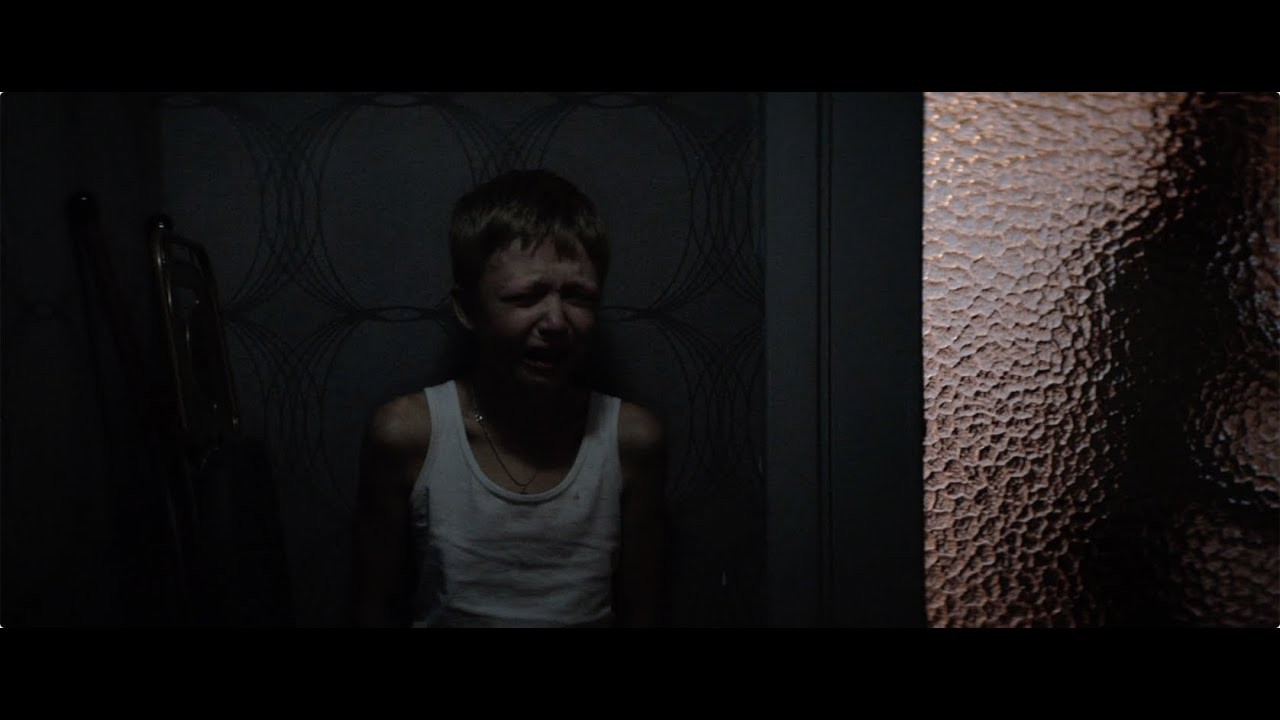
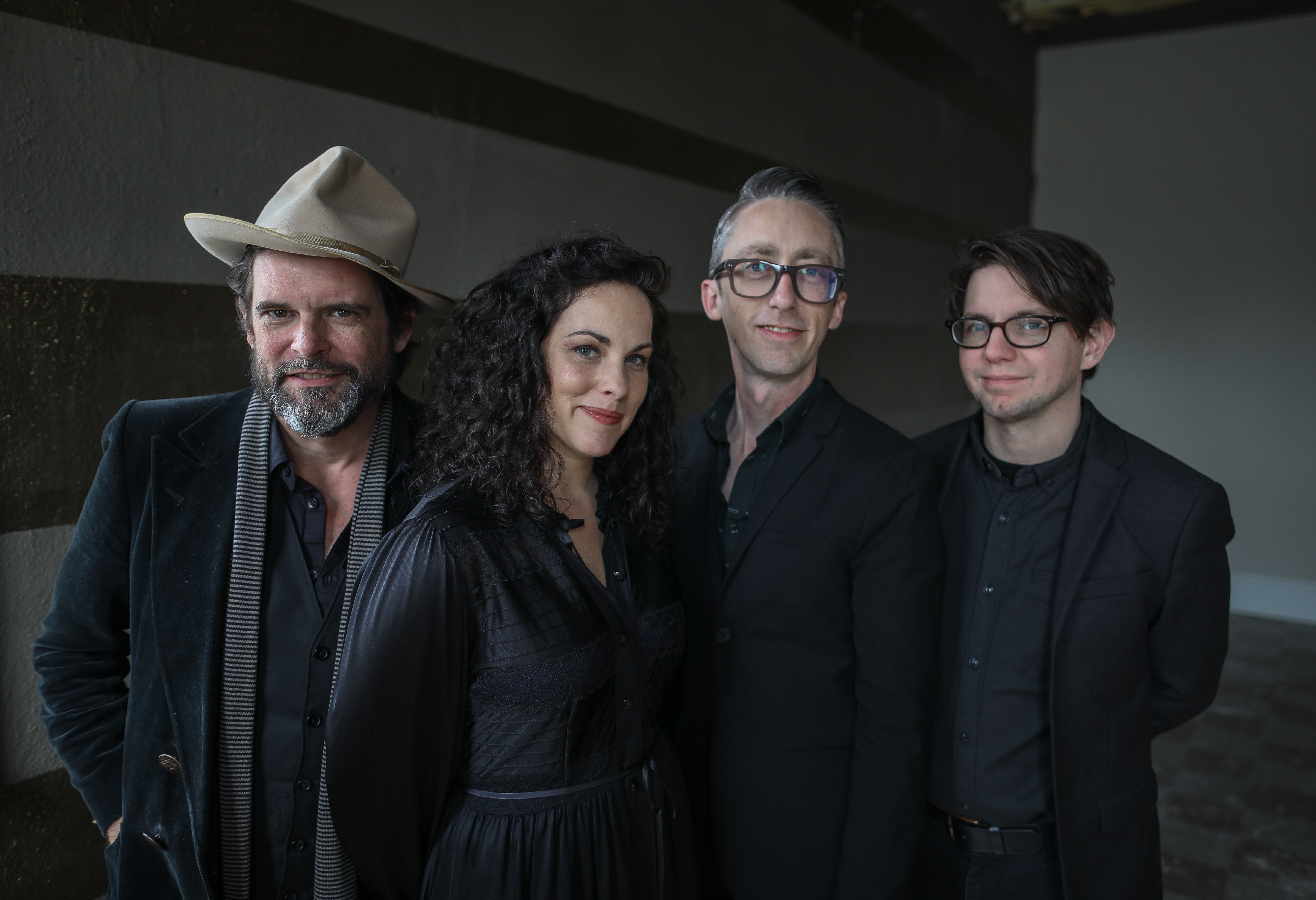 Jamie Harmon
Jamie Harmon  Matt White
Matt White 
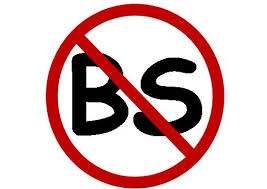

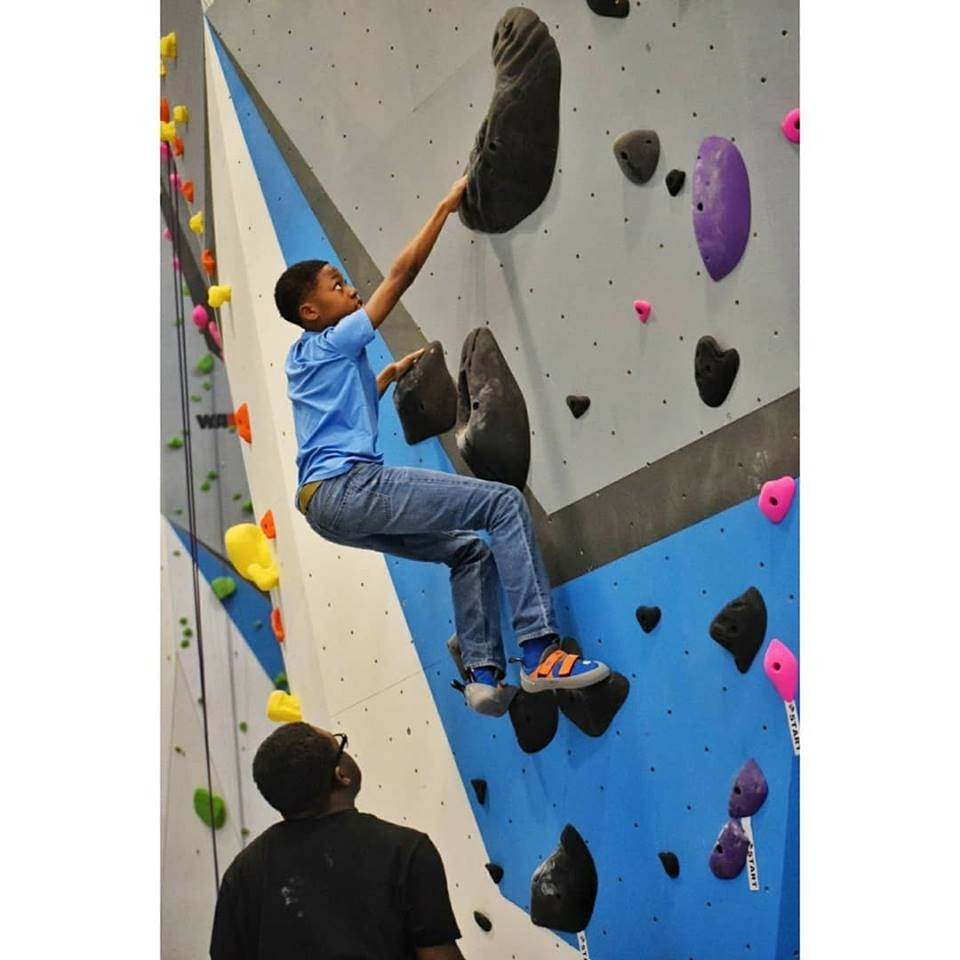 Memphis Rox – Facebook
Memphis Rox – Facebook 
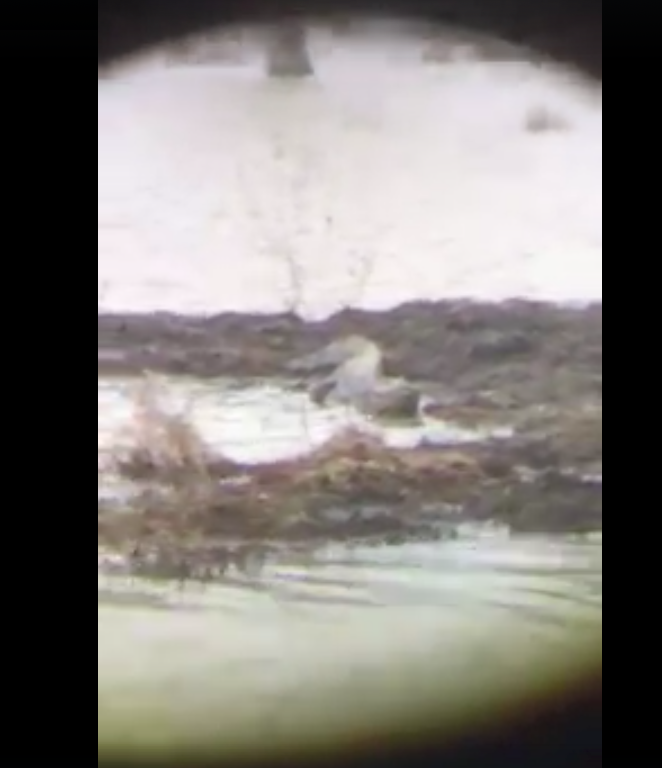 Tennessee Wildlife Resources Agency
Tennessee Wildlife Resources Agency 
